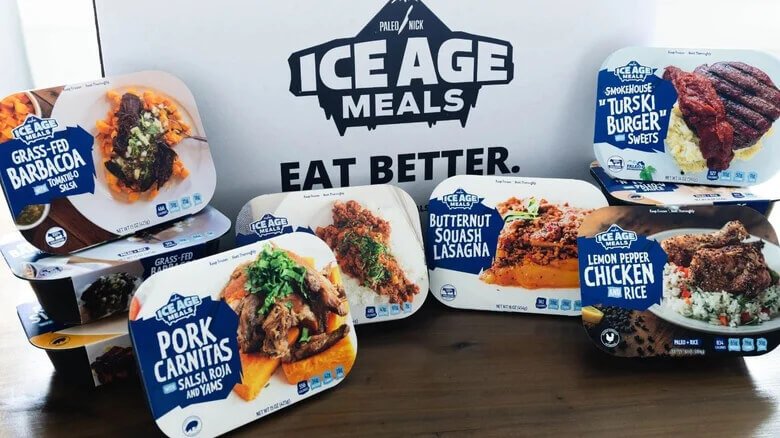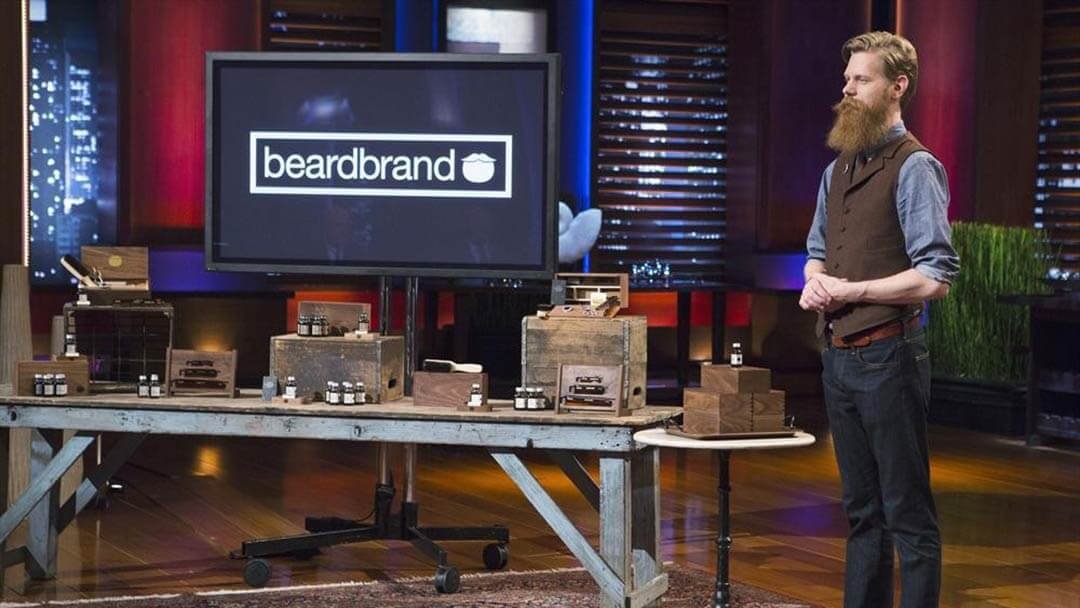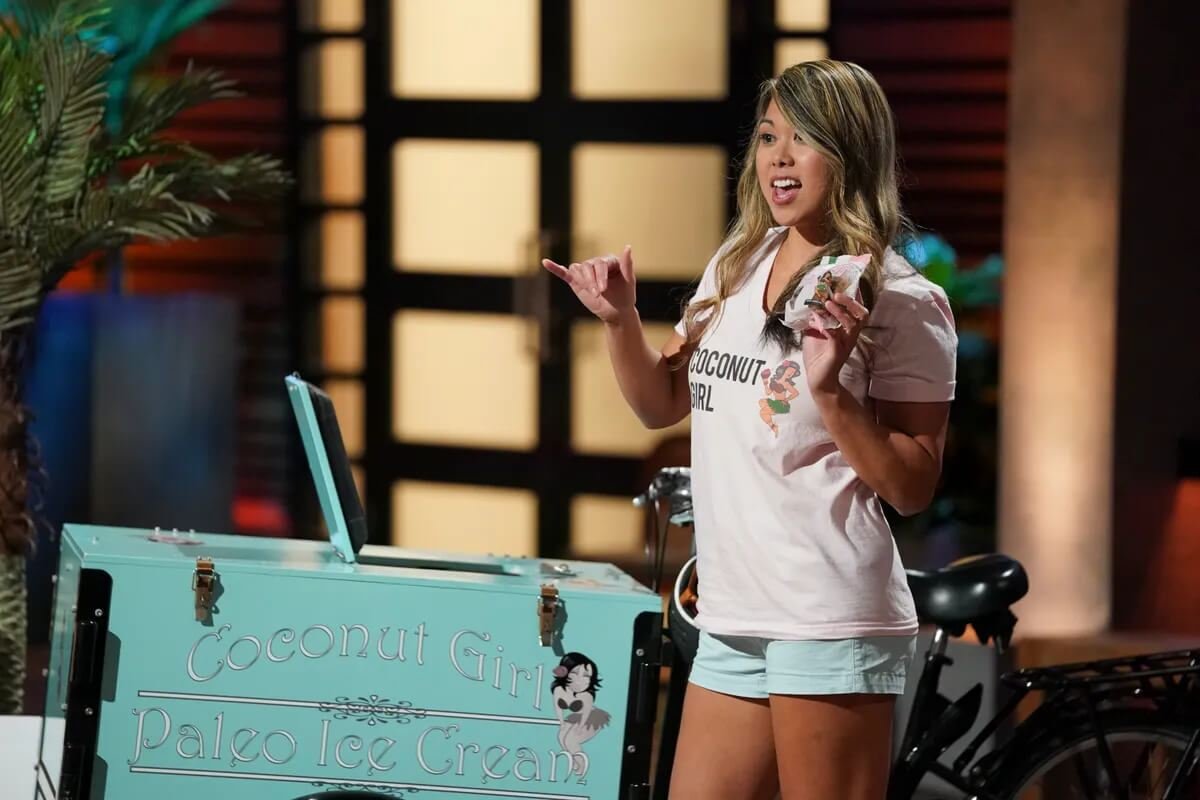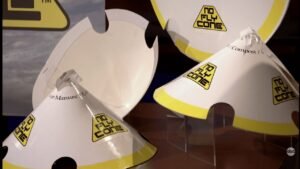Let’s kill a myth on the spot: If you don’t walk out of Shark Tank with a deal, you’re done. Not true. Some founders leave with zero and still build a beast. Case in point? Nick Massie and Ice Age Meals. Let’s pull back the curtain and see what really happened—from the high-wire pitch theatrics, to setback, grind, and comeback that didn’t need a Shark’s check.
Contents
ToggleIce Age Meals Steps Into the Tank: Big Ambitions, Bigger Risks
If you’re an entrepreneur or side hustler, you know health food isn’t the easy road. Competition’s brutal, margins get squeezed, and buzz doesn’t always translate into buy. That’s where Nick Massie comes in—chef, CrossFit guy, relentless. In Season 8, Episode 2, he rolled his healthy frozen meal brand, Ice Age Meals, straight into the Shark Tank. His pitch? Paleo-friendly, ready-to-heat meals for serious athletes and anyone sick of sad, flavorless health food.
This wasn’t some just add water TV dinner. This was real food—convenient, but with clean ingredients. Nick wasn’t just pitching product; he was gunning for a real movement in food. That’s gutsy in a Tank full of CPG founders who get eaten alive.
The Pitch: High Hopes, Big Numbers, and a Surprise Opening
You get one shot on Shark Tank, and Nick made sure he stood out—starting his pitch with a poem. Not many founders roll the dice like that. Some Sharks looked amused, others rolled their eyes. Classic first-impressions game.
Cut to the numbers: Nick asked for $1,000,000 for 10% — pegging Ice Age Meals at a $10 million valuation. For reference, that’s Bombas territory, but without the viral sock magic.
His hook? Yearly sales of $1.5 million. Products cost him $3 to make, retailing for $10. Not bad on the gross margin front. But this wasn’t mass-market comfort food. He was chasing the CrossFit crowd, nutrition nerds, and anyone with paleo on the brain.
Here’s what I’ll say: When you ask for seven figures, with a chef-driven, niche product, you better show numbers that floor the room. Nick had solid sales, but $10 million? That’s bold, maybe too bold.
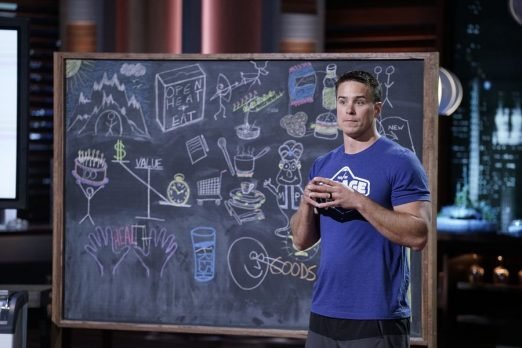
Sharks’ Reaction: The Good, the Bad, and the Cold Reality Check
What did the Sharks do? They pounced right on the valuation. Mark Cuban, Daymond John, Barbara Corcoran, Robert Herjavec, and Lori Greiner—none of them were shy about poking holes.
Yes, they liked the taste—free samples always earn you smiles. They liked the margins too. But $10 million when you haven’t even lit the fuse on mass distribution? That’s where things fell apart.
Here’s the brutal part every founder needs to get: the Sharks don’t just buy the product—they buy your math and your vision. Doesn’t matter if Cuban would eat your lasagna every day—he’s not paying 10x sales unless you look like you’ll print money next year.
All five Sharks backed out. The verdict? Too much risk. The projections were high, and the competition was thick. No bites, not even a nibble.
Net Worth and Value After the Show: Did Shark Tank Miss Out?
Let’s get real—people obsess over a company’s net worth right after Shark Tank airs. On paper, Nick pitched a $10 million company. The Sharks said, No way.
But here’s where you see the grind behind the scenes. The minute the cameras shut off, most of that buzz doesn’t mean a thing unless you’ve got the stamina to cash in on the attention. Nick didn’t rest or whine. He went to work. And it paid off.
Ice Age Meals hit setbacks—like many post-Tank brands. There were financial hits, operational chaos, even a kitchen shutdown. Most would have folded there. Nick pivoted. He overhauled the product line, listened to feedback, and clawed his way back.
Where did that take him? The most recent revenue numbers have doubled since the show, rising to about $4 million annually. With decent margins, direct sales, and a loyal fanbase, it’s safe to peg Ice Age Meals’ net worth now somewhere in the low to mid eight figures. Not all of that is profit, but it’s real value built from resilience.
Bottom line: the Sharks doubted the $10 million number in 2016, but today, that valuation isn’t just Shark Tank fiction—it’s earned.
The Comeback Playbook: How Ice Age Meals Flipped the Script
You don’t survive Shark Tank rejection with ego alone. Nick Massie went back to basics. He ditched what wasn’t selling. He invested in the hits. He knew that survival in DTC (direct-to-consumer) food isn’t about being everything to everyone—it’s about winning a niche, then scaling it.
The kitchen closure? That was a gut punch, sure. But after that, he rebuilt with sharper logistics, a tighter menu, and smarter marketing. Social proof—think tons of real athletes and fitness influencers—became the engine.
This wasn’t a TV-afterglow head fake. Sales went up because the products improved, the messaging sharpened, and Nick didn’t pretend his first plan was perfect.
What’s on the Menu Now: Products, Customers, and Who Keeps Buying
Here’s the thing: Ice Age Meals doesn’t look like a frozen food aisle brand you grew up with. The current SKU list has expanded, sure, but every meal is built for convenience, optimal nutrition, and actual flavor.
Current hits? Butternut Squash Lasagna, Chicken Tikka Masala, Mango Jalapeño Chicken, and more. The packaging is fresher, the cooking instructions dialed in, and delivery runs countrywide.
Who’s the typical customer? Still fitness-minded folks—CrossFit diehards, busy professionals, gym owners, and I-don’t-cook parents who care about what goes into their body. It’s not for the coupon shopper. It’s for someone who values performance and can afford quality.
I’ve seen DTC meal brands flame out by chasing too many diets at once. Ice Age Meals found a tribe, and has stuck with them. That’s why the churn isn’t sky-high and why referrals keep coming.
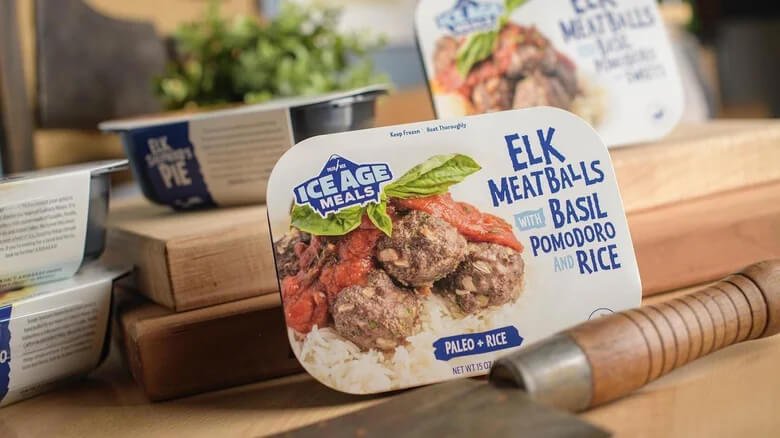
Company Status in 2025: Is Ice Age Meals Still Crushing It?
Quick reality check: Is crushing it the right term? I call it holding ground—and growing—while most meal startups sink within three years.
Annual revenue now runs close to $4 million. That’s after a rough patch where most would’ve packed up shop. No huge retail expansion, but a solid e-commerce business, direct shipping, and low debt. Smart moves all around.
The company’s not at a Scrub Daddy or Bombas level—those brands caught lightning in a bottle. But for a Shark Tank no-deal, Ice Age Meals walks the walk. Product line’s better, team’s focused, and the website (sharkworth.com) keeps orders flowing.
I’ve watched a dozen similar food brands vanish after their Shark Tank rerun. Ice Age Meals is still plating up wins. That’s hustle over hype.
Hard-Earned Lessons: What Entrepreneurs Can Really Learn
Let’s get to the gold. What’s the lesson for founders? Easy: Don’t fall in love with your own valuation. Ask for what your business has earned, not what it might earn if everything goes perfect.
Nick got caught with bold projections the Sharks didn’t buy. If the numbers were tighter—less hope, more proof—maybe someone bites.
But what he did right? He built a loyal audience far before TV discovered him. He knew his message, lived his mission, and delivered real value. When things blew up (badly), he didn’t quit—he pivoted, looked for new revenue, and listened to feedback.
If you’re in food, especially healthy food, you’ve got to stand for something real. Watered-down branding is kryptonite.
The Real Shark Tank Impact: Helpful or Just a PR Flash?
Reality check: Did Shark Tank help or hurt Ice Age Meals? The answer’s complicated.
Short term, no investment felt like a slap. No Shark partnership, no extra capital, and the exposure spike was brief. But what Nick took away was bigger—brand awareness, social buzz, and a massive credibility bump. Those things don’t pay the rent unless you act. He did.
I’ve seen companies coast for a month or two after TV, then crater. Ice Age Meals doubled down on their core customers, doubled revenue, and proved they didn’t need the Sharks to make it work.
Exposure gave them a boost, for sure, but Nick’s grind and guts built the rest. That’s the real Shark Tank after-story. Would I take a Shark onboard? Every time, if the money’s right. But if all you get is the national spotlight, better be ready to catch your own fish.
FAQs
1. Is Ice Age Meals from Shark Tank still in business?
Yes. As of 2025, Ice Age Meals is alive, shipping meals online, and holding steady in a tough market.
2. Did Nick Massie get any deals after the show aired?
No official Shark funded him, but the exposure led to more customers and partnerships. The business grew anyway.
3. How much is Ice Age Meals worth now?
With $4 million in annual sales and solid margins, smart estimates put their net worth in the eight-figure range.
4. What went wrong in the original pitch?
The big ask ($1 million for 10%) and shaky projections scared the Sharks off, despite the tasty product.
5. Who is the main customer for Ice Age Meals today?
Mostly athletes, CrossFit-types, and busy people needing nutrition without junk. Hardcore health fans, not the mass market.
6. Where can people buy Ice Age Meals now?
Exclusively online at their website and selected fitness events. Just hit up SharkWorth.com for current options.
7. Did appearing on Shark Tank help the company in the long run?
Yes—the TV hit fueled awareness and trust. The company hustled hard to turn that attention into lasting sales.
8. What advice does Nick Massie have for other food founders after his Shark Tank experience?
Don’t quit. Know your numbers, listen to your true customers, and be willing to change fast when it’s not working.
Ice Age Meals survived the Shark Tank no. They grew up, pivoted, and out-hustled the odds. Not every startup gets that shot. The secret? Real grit beats TV buzz every time.

